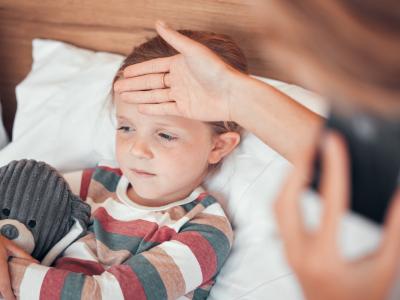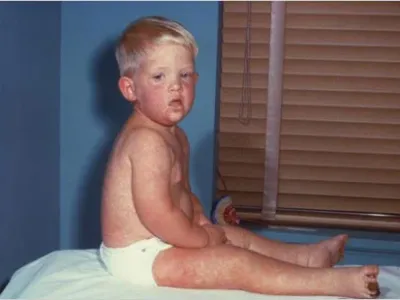Modeling study shows geographical disparities in US COVID deaths
Using excess mortality data collected by the Centers for Disease Control and Prevention (CDC), researchers from Georgetown University found significant regional differences in mortality rates due to COVID-19, with a disproportionate number of virus deaths in Southern states.
Excess deaths were analyzed for the period between Jan 3, 2020, to Sep 26, 2021, with Northeast, Midwest, South, and West regions compared. Though the South only has 38% of the US population, that region has seen 48% of the nation's COVID-19 deaths since October of 2020.
Using the excess death data over that same time period, there were 895,693 excess deaths associated with COVID-19, 26% more than previously reported, the authors said. Since May 31, 2020, the South experienced COVID-19 mortality 26% higher than the national rate, whereas the Northeast's rate was 42% lower.
If every region had the same mortality rate as the Northeast, more than 316,234 COVID-19 deaths between May 31, 2020 and Sep 26, 2021 could have been avoided.
"Our study is the first to quantify avoidable deaths and confirm that both COVID-19 deaths and avoidable deaths disproportionately occurred in the South," said Michael Stoto, PhD, a corresponding author of the study in a press release.
The authors attribute these differences to lower vaccine uptake in the South in 2021, and fewer mitigation strategies, including masking, throughout the course of the pandemic.
Apr 28 PLoS One study
Apr 28 Georgetown University press release
Opera-led singing program eased breathlessness in long-COVID patients
An ongoing online UK program using singing techniques helped relieve post–COVID-19 mental wellbeing and persistent breathlessness, according to a randomized, controlled trial published yesterday in The Lancet Respiratory Medicine.
Led by Imperial College London researchers, the trial involved 150 adults who still had shortness of breath, with or without anxiety, 4 or more weeks after symptom onset (average, 320 days), referred from 51 UK long-COVID clinics from Apr 22 to May 25, 2021. Eighty-one percent of participants were women.
Patients were randomly assigned to either the 6-week English National Opera (ENO) Breathe program, which teaches breath retraining using singing methods (74 participants), or usual care (76). The program is led by professional ENO singers and features a one-on-one session, weekly group sessions, and the provision of online services. Participants don't need to have singing skills and start with lullabies.
Relative to usual care, ENO Breathe was tied to improved mental health composite (MHC)—but not physical health composite (PHC)—scores on the RAND 36-item short-form survey (MHC improvement, 2.42 vs 0.60). The 100-point Visual Analogue Scales showed a 10.48-point reduction in breathlessness.
An analysis focusing on participants who attended all ENO Breathe sessions showed that 40% saw a 5-point improvement in MHC, compared with 17% of usual-care participants. One ENO Breathe participant reported minor, short-term dizziness when using a computer for long periods.
In an Imperial College London press release, lead author Keir Phillip, MBChB, said that the results suggest that the use of arts-related interventions can relieve long-COVID symptoms in certain patients, particularly when provided alongside clinical services.
"Our study suggests that the improvements in symptoms experienced by participants, resulted from both practical breathing techniques learnt, but also the creative, humane, and positive way the programme is delivered," he said.
The study authors noted that 70 services in England have referred more than 1,000 participants to the program since its September 2020 inception.
Apr 27 Lancet Respir Med study
Apr 28 Imperial College London press release












